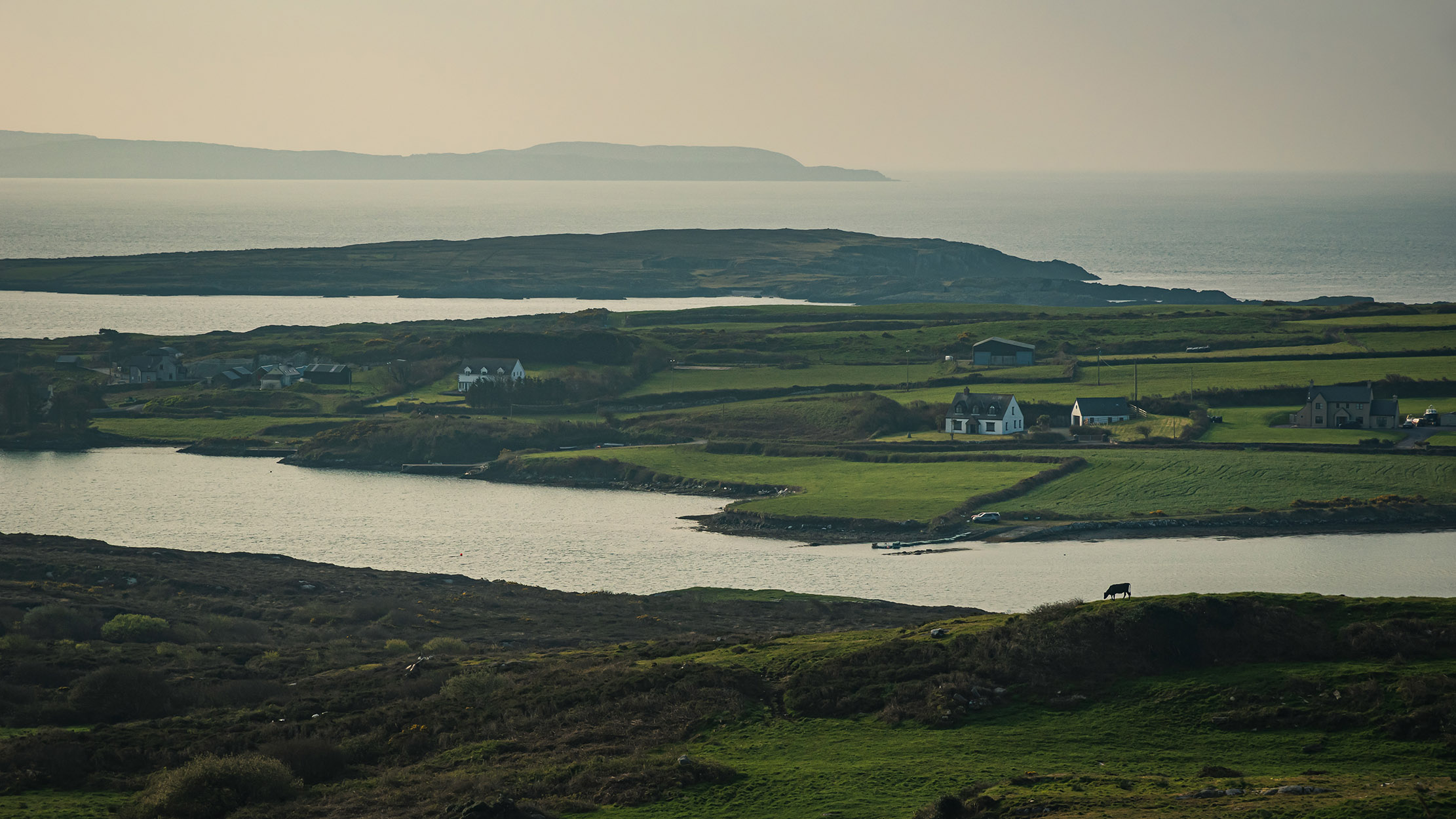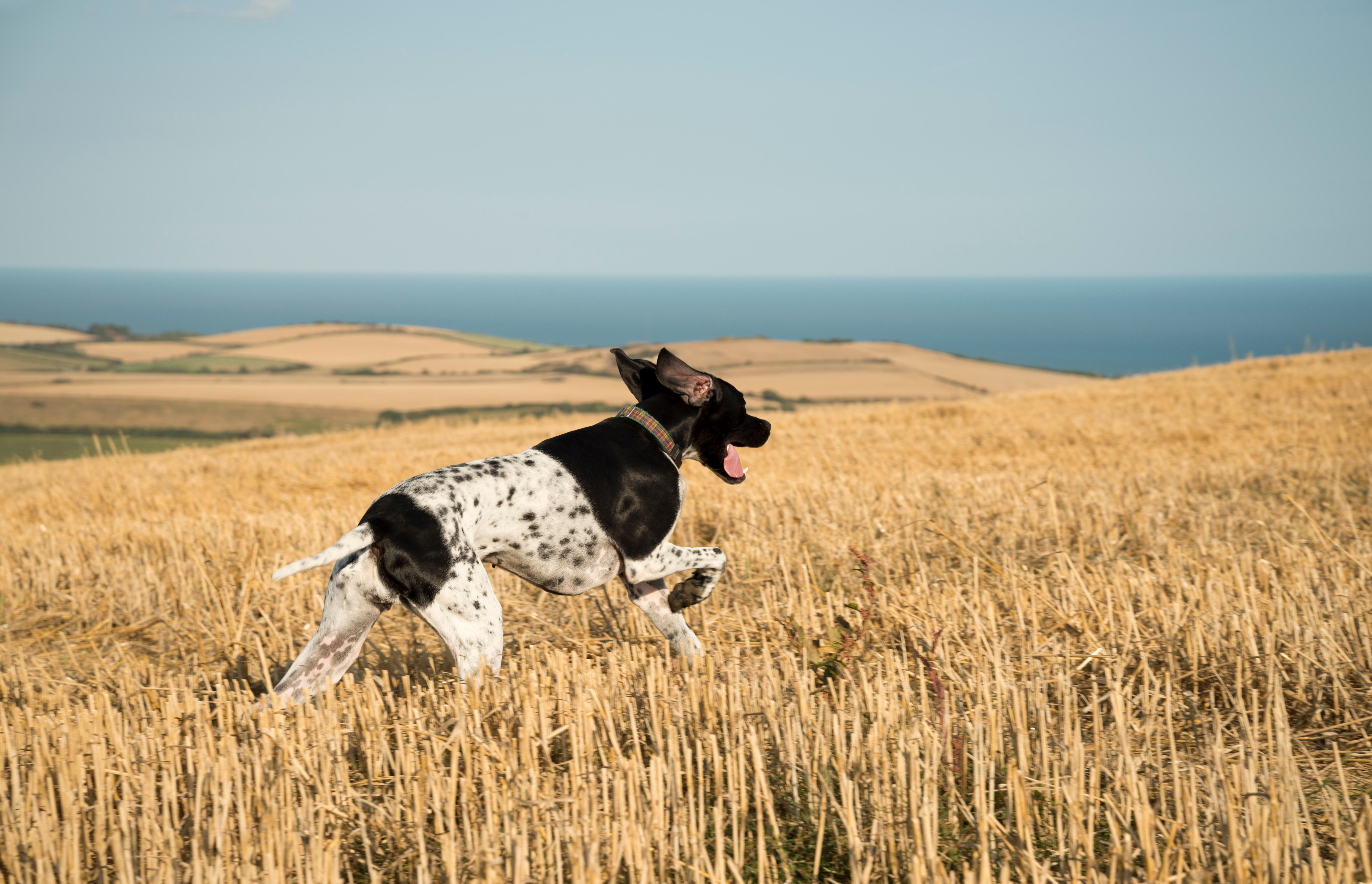"Hippocrates's advice — 'if you're in a bad mood, go for a walk' — would have me constantly perambulating"
Jonathan Self on the End of the World, ancient battlegrounds and friendly pigs.


Some things haven’t changed much since the Middle Ages. During the 15th century, for example, many Europeans were waiting — owing to mankind’s inability to mend its ways or repent for its sins — for the world to end (1500 was the prophesied date) and the Apocalypse to begin. Thanks to the Book of Revelation they even knew what to expect when the cataclysm kicked off, viz. four horsemen spreading pestilence, war, famine and death.
Reading the news recently, one could be forgiven for thinking that only their timing was out. For my own part, like Hamlet, ‘I have of late — but wherefore I know not — lost all my mirth.’ Hippocrates offers a solution: ‘If you are in a bad mood go for a walk. If you are still in a bad mood, go for another walk,’ which, at the moment, would have me more or less constantly perambulating.
Not that it isn’t sound advice. Nothing lifts my spirits like a walk and especially a walk I have never done before. Once a month, I drop in on the artisan dog-food business I founded in Pewsey, but usually I am too busy interfering with its smooth running to enjoy the local countryside. This week, however, a whole day had erroneously been set aside to visit a farm which we hope will supply us with meat (in this case for our human customers, we are setting up a little butcher’s shop) that was only a few miles away, leaving me with ample time to, as it were, take a hike.
The farm to be visited was located close to the Wansdyke (from the Old English Wodnesdic or Woden’s Dyke), a defensive, north-facing earthwork that runs from Savernake Forest in Wiltshire to Maes Knoll in Somerset and probably on as far as the Severn Estuary. Some stretches were constructed by the Romans, others by the Britons, and it seems a likely site for the Battle of Mons Badonicus, which stopped Anglo- Saxon expansion for 50 years.
"Regular rotation, natural fertiliser, fallow periods, animals wandering hither and thither … I suspect that it would all seem very familiar to the farmers working the same land seven centuries ago"
At any rate, it is an impressive bit of engineering, consisting of ditches as deep as 8ft, embankments as high as 13ft and, in places, stone or timber revetments. I had a perfect autumn day for my expedition: warm and sunny with a cooling, herb-scented breeze and a cloudless, translucent azure sky.
My route took me along one of the highest and most beautiful stretches of the North Wessex Downs — rolling, green chalkland stretching in every direction as far as the eye could see — and then down into the pretty little village of Horton. If only all farms were run on the same lines as Jonny and Rachael Rider’s Horton House Farm. The pasture-fed (and what pastures: an extraordinary mix of grasses, legumes and wildflowers) dairy herd is raised outdoors. Rotational grazing, lack of stress and only one milking a day ensure incredibly healthy, productive cows. All the young — the Riders also keep sheep, pigs and goats — are left to suckle naturally. I was met on the drive by a herd of very friendly piglets, who are allowed to roam wherever they want.
The farm itself, by the way, is a thing of great beauty with modest sized fields, plenty of hedgerows, plenty of trees and pretty little chalk streams as well as a stretch of downland. Regular rotation, natural fertiliser, fallow periods, animals wandering hither and thither … I suspect that it would all seem very familiar to the farmers working the same land seven centuries ago. Plus ça change, plus c’est la même chose and all that.
Exquisite houses, the beauty of Nature, and how to get the most from your life, straight to your inbox.

Jonathan Self: 'Nothing manmade — not even the greatest works of art — can match the beauty of the countryside'
After months spent in Florence, a return to Ireland brings a tear to the eye of our columnist.

Jonathan Self: Don't measure your life in years — measure it in dogs
Jonathan Self celebrates a birthday for a beloved dog.

Credit: Alamy Stock Photo
Jonathan Self: Our postman delivers 1,000 items a week — and less than 50 are 'real' letters
Jonathan Self laments the fact that we're losing the art of writing letters.

Credit: Getty Images
‘I got the blues thinking of the future, so I left off and made some marmalade'
Jonathan Self on the Three Kings, gloomy January days and the joy of marmalade.

Credit: Alamy
Jonathan Self: 'We blocked every hole, engaged a feckless cat and baited traps with the best Camembert, but still they came'
Jonathan Self tackles a minor infestation, only to miss the hole in his life left by the furry visitors.
After trying various jobs (farmer, hospital orderly, shop assistant, door-to-door salesman, art director, childminder and others beside) Jonathan Self became a writer. His work has appeared in a wide selection of publications including Country Life, Vanity Fair, You Magazine, The Guardian, The Daily Mail and The Daily Telegraph.
